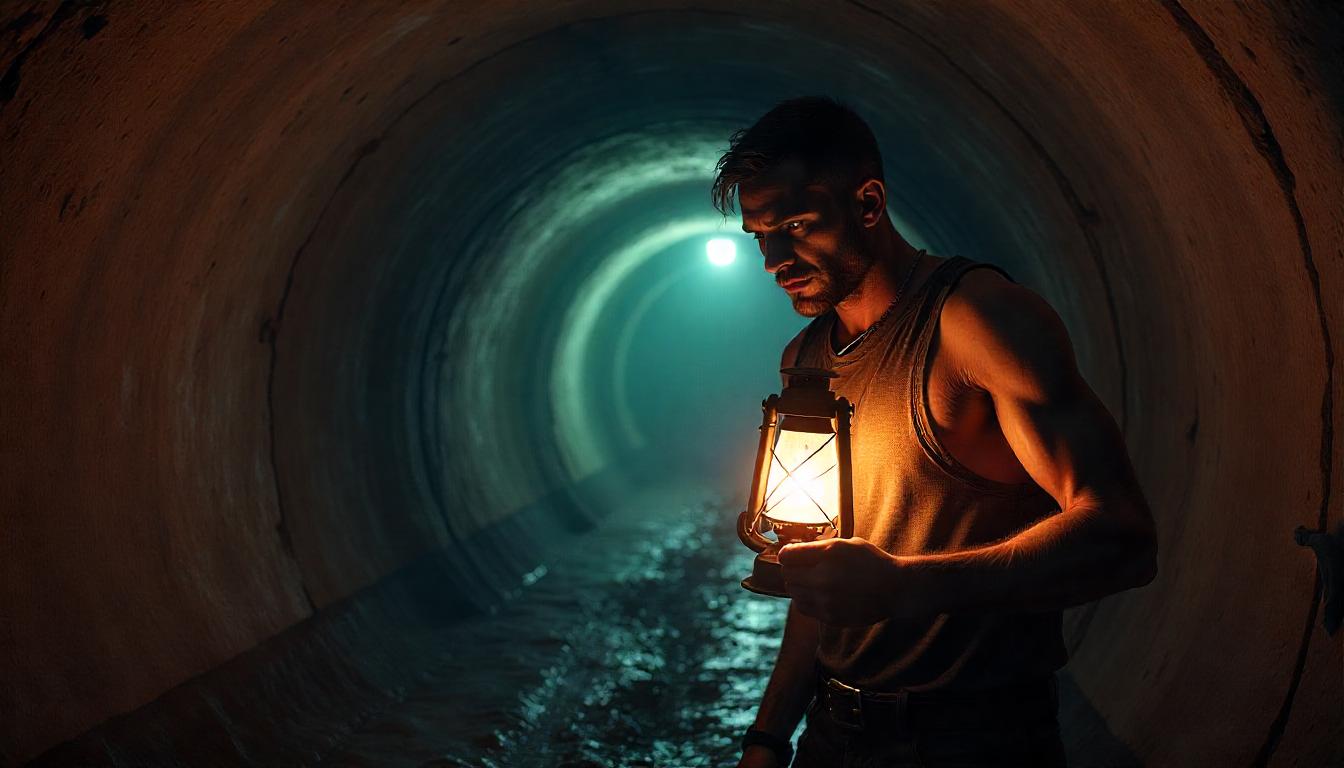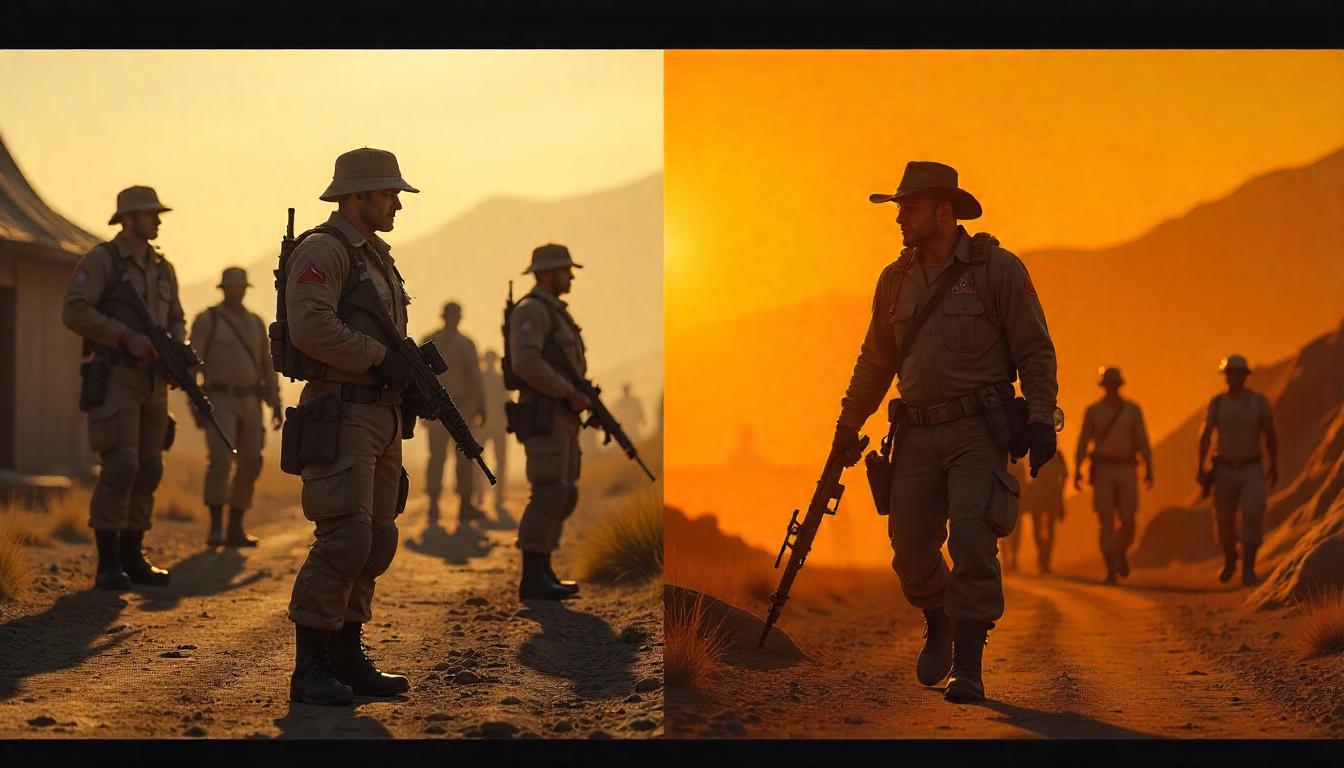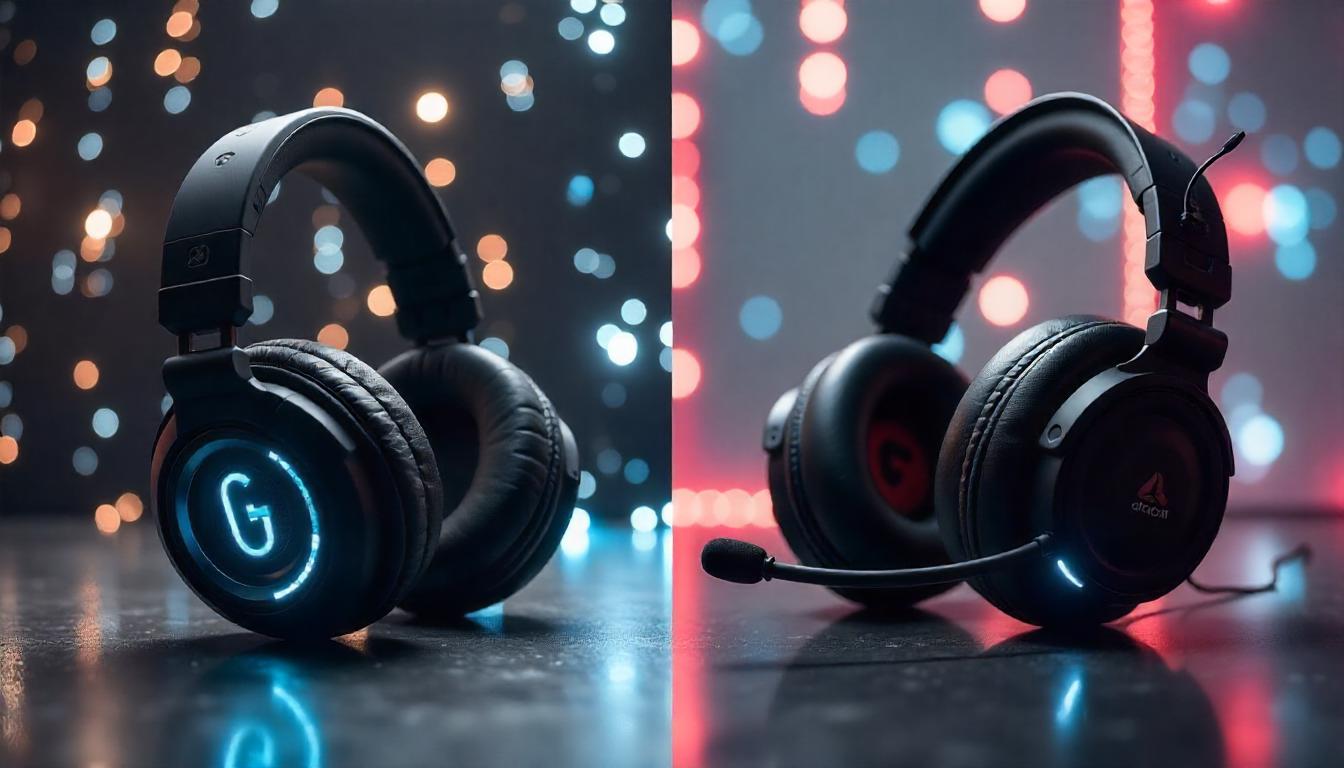I’ve played Resident Evil 4 more times than I can count. I’ve faced the horrors of Los Ganados on a dozen different screens, memorized every eerie whisper, and laughed in the face of chainsaw-wielding maniacs. But stepping into Resident Evil 4 VR was an entirely new beast—one that grabbed me by the throat and dragged me into the nightmare.
Immersion: Living the Horror
VR isn’t just a way to play Resident Evil 4—it’s a way to survive it. The moment I put on my headset, I wasn’t controlling Leon Kennedy anymore—I was Leon Kennedy. The eerie Spanish village, once just a digital backdrop, now loomed around me in suffocating, unsettling detail. The dimly lit pathways weren’t just on my screen; they were in my peripheral vision, stretching into unseen horrors waiting to pounce.
The first time I entered a house and physically turned my head to see a rotting villager standing inches away from me, I nearly ripped the headset off. The atmosphere is thick with dread, amplified by the fact that there’s no safety net of a TV screen to separate me from the terror. Every shadow, every flickering candle, and every guttural growl feels disturbingly real.
Gameplay: The Thrill of Survival
The VR mechanics are shockingly intuitive. Aiming is done by physically lifting and aiming the gun, reloading is a frantic, hands-on process, and melee combat requires actual slashes with the knife. The panic of trying to reload a shotgun as a horde closes in on you is something that just doesn’t translate in standard gameplay. My hands fumbled, shells dropped, and my heart pounded in a way no controller-based experience has ever managed to replicate.
And let’s talk about the chainsaw guy. In third-person, Dr. Salvador is a terrifying but manageable enemy. In VR? He is a force of pure nightmare fuel. The guttural roar of the chainsaw, the sheer size of him looming over me, the panic of scrambling backward, trying to lift my gun—every encounter with him felt like it could be my last.
Fear Factor: The Price of Presence
The biggest difference between VR and traditional horror games is the loss of control. In a standard game, I can look away, mute the sound, or even step away from the screen. In VR, there’s no escape. When an enemy lunges at me, it’s actually in my face. When a regenerador’s wet breathing fills the room, I can feel it breathing down my neck. The fear is visceral, primal, and relentless.
But what really sells the horror is the lack of detachment. In past playthroughs, I could joke about Leon’s one-liners or shrug off a surprise attack. In VR, my own body reacts to the fear. I instinctively duck when a hatchet is thrown, physically recoil from grotesque creatures, and even find myself holding my breath in tense moments. It’s the closest a game has ever come to making me feel like I’m inside a horror movie.
Motion Sickness & Controls: The Real Horror?
VR horror isn’t for everyone, and motion sickness is a very real concern. Thankfully, Resident Evil 4 VR offers several comfort settings, from teleportation movement to snap turning, making it accessible for most players. I personally went for free movement, which felt the most immersive but did take a few sessions to adjust to. If you’re new to VR, expect an adjustment period—but once you’re used to it, the experience is unbeatable.
The controls, while mostly excellent, can feel a bit finicky in high-pressure situations. Physically grabbing weapons and reloading is immersive, but in the heat of battle, fumbling a reload can mean instant death. The trade-off is an unmatched level of intensity, but it might frustrate those who prefer precision over realism.
Final Verdict: The Definitive Horror Experience
Resident Evil 4 VR isn’t just a great adaptation—it’s the most terrifying version of the game ever made. The immersion is unmatched, the fear is inescapable, and the gameplay transforms survival horror into something that feels real. If you think you know Resident Evil 4, think again. This isn’t just a new way to play—it’s a new way to suffer.






Leave a Reply